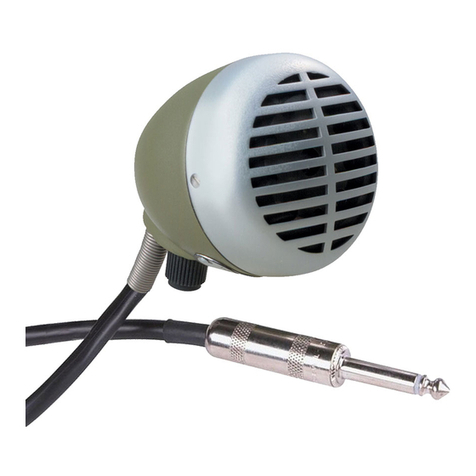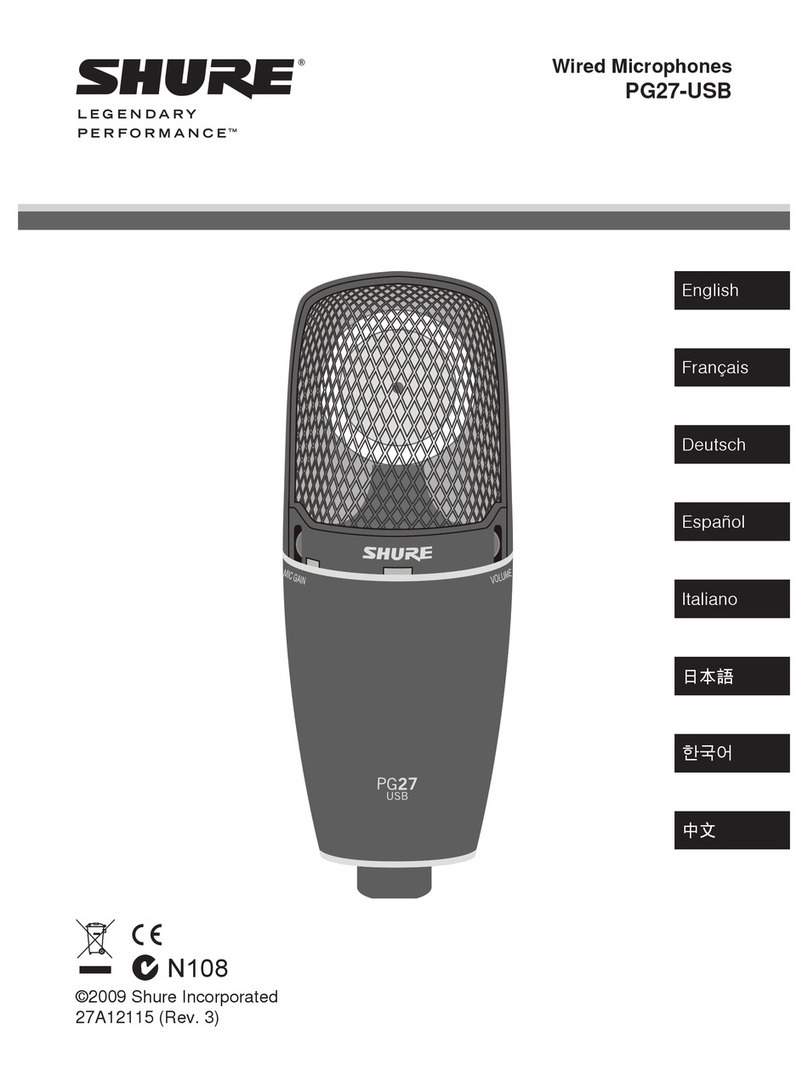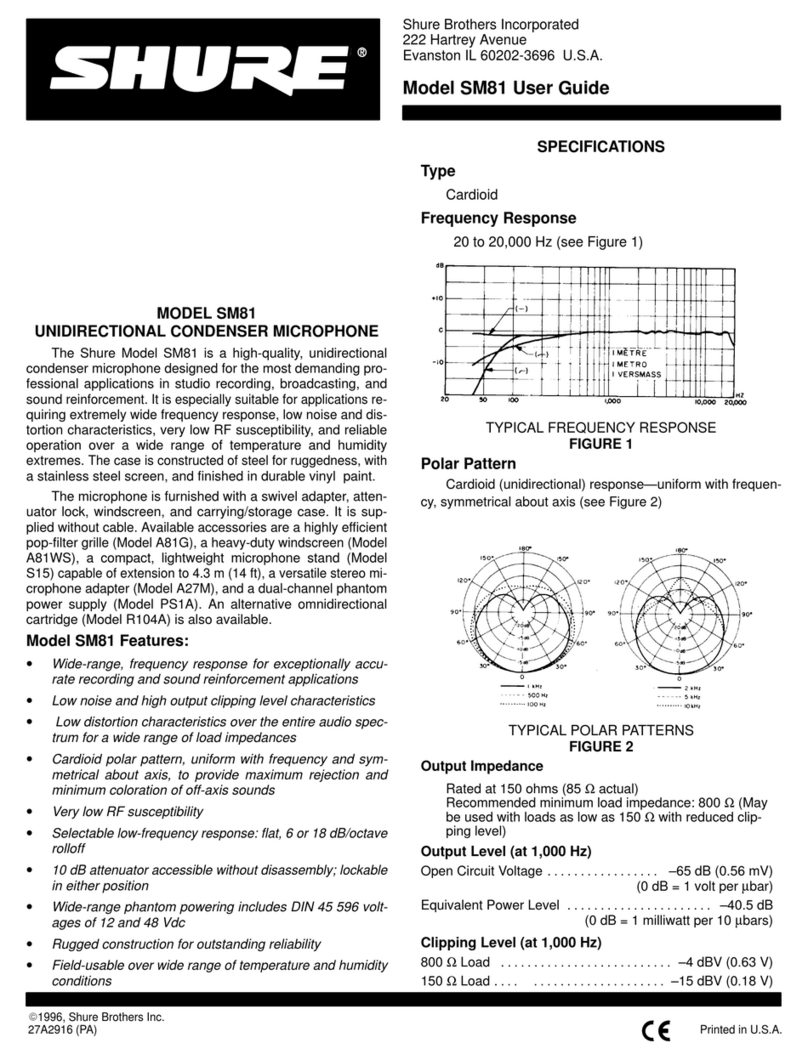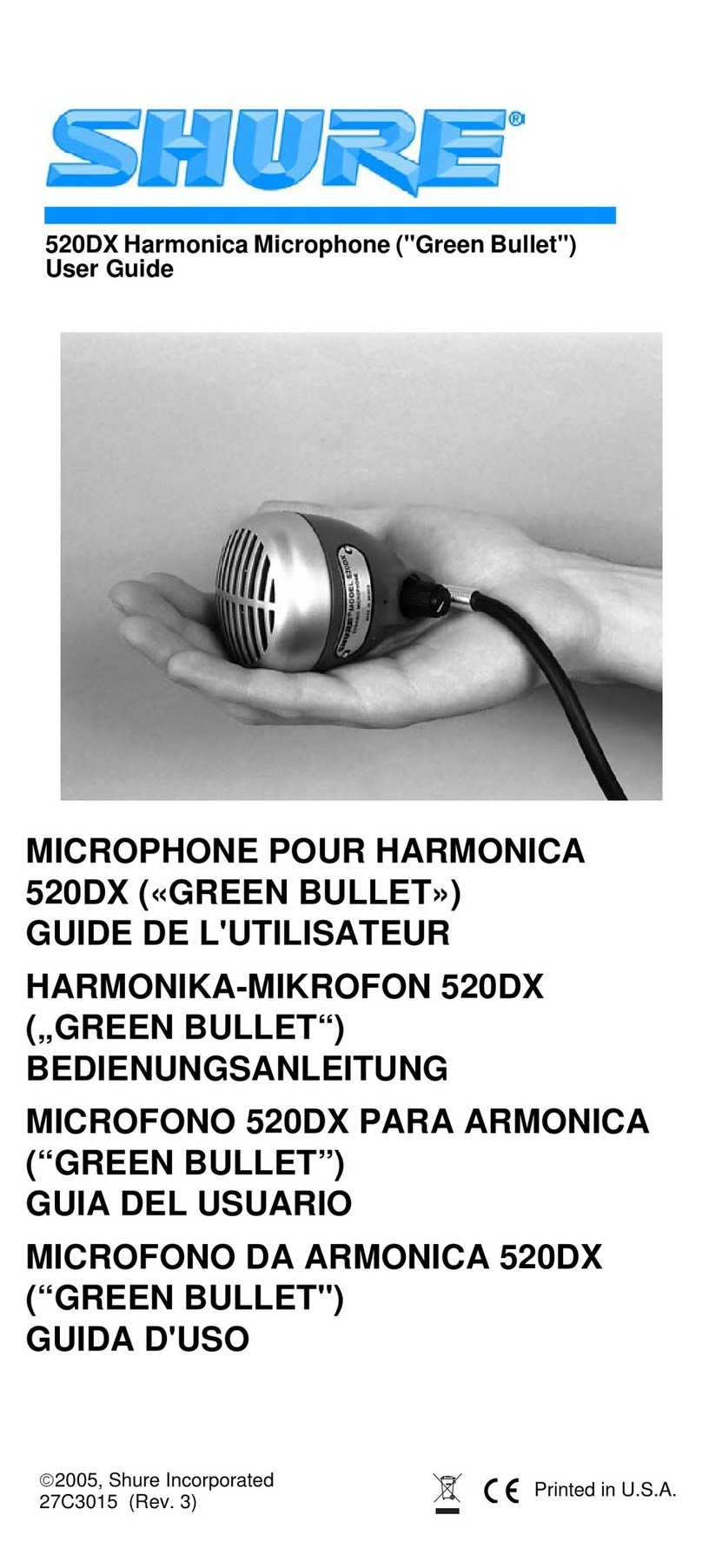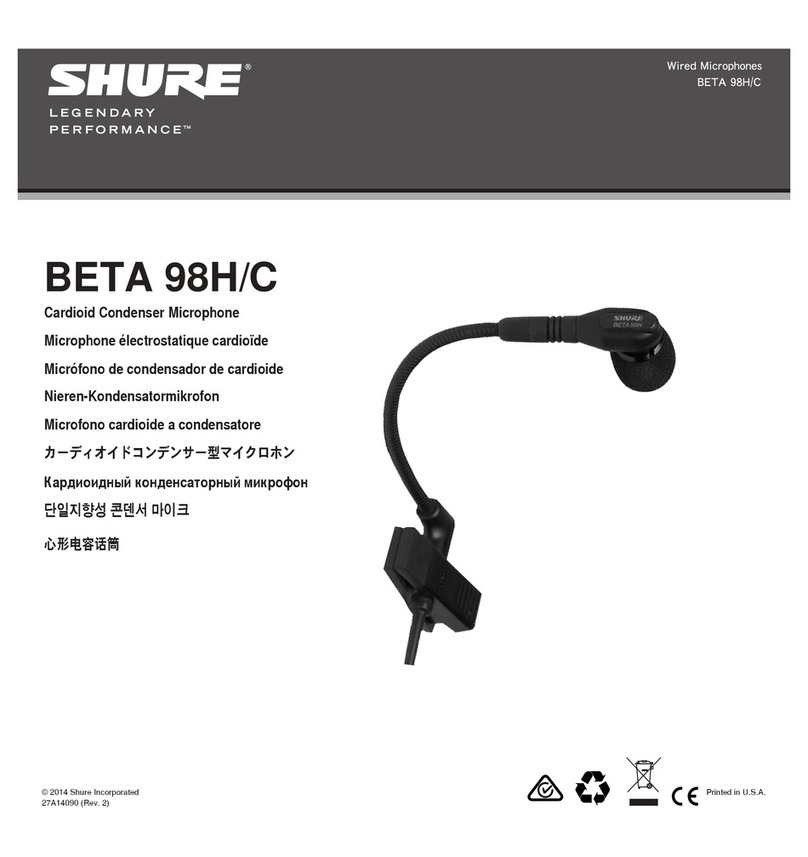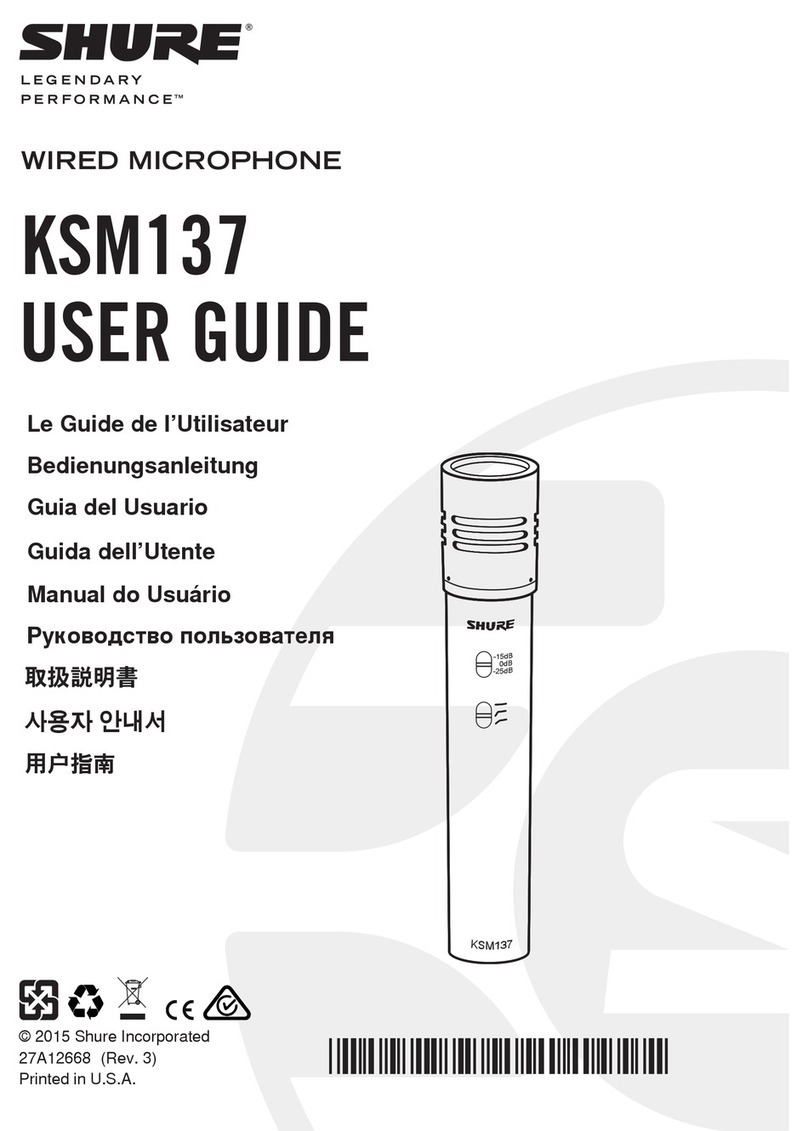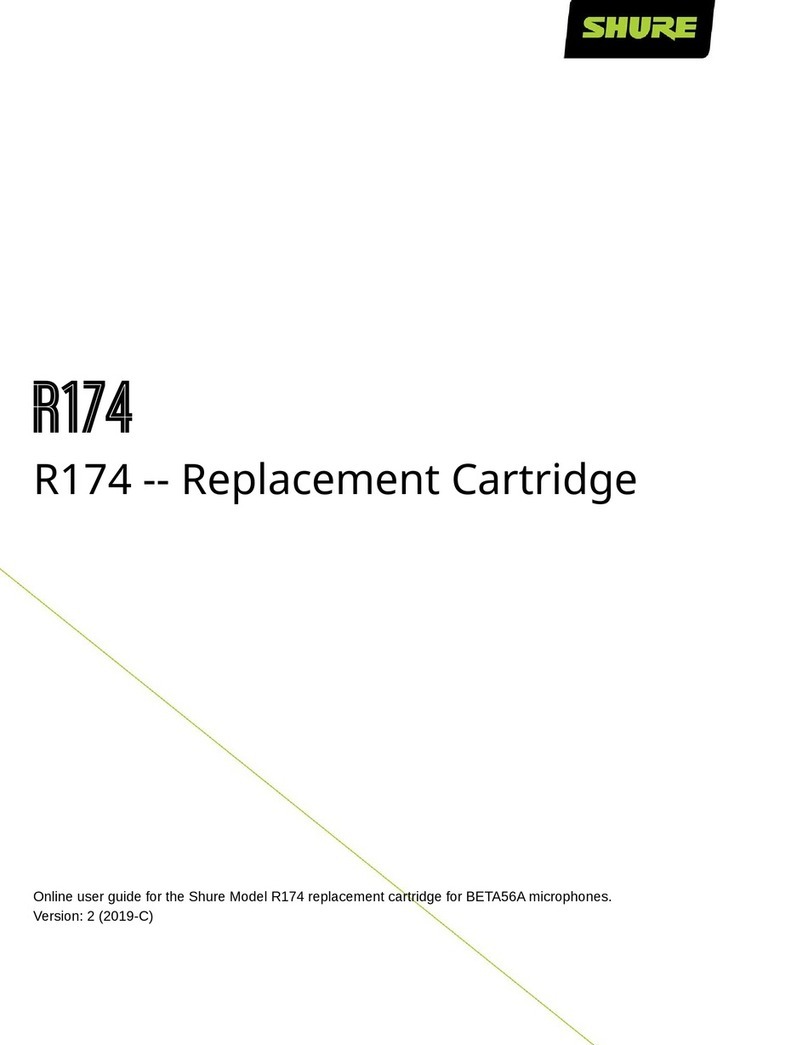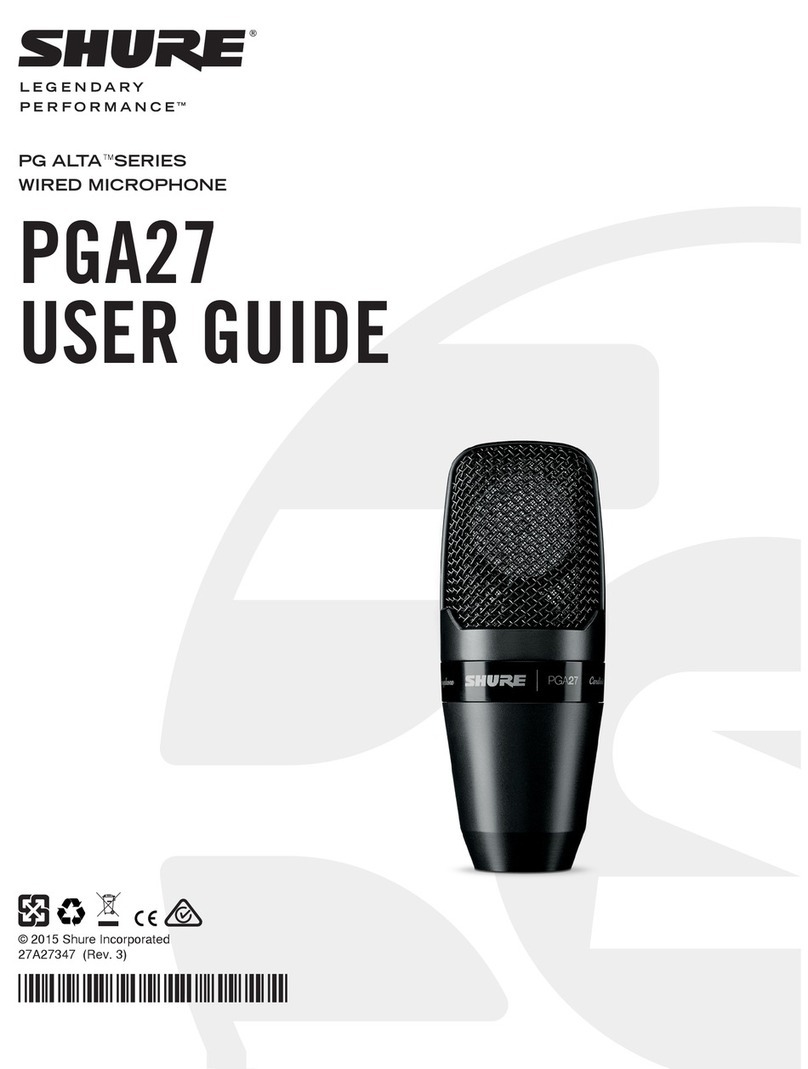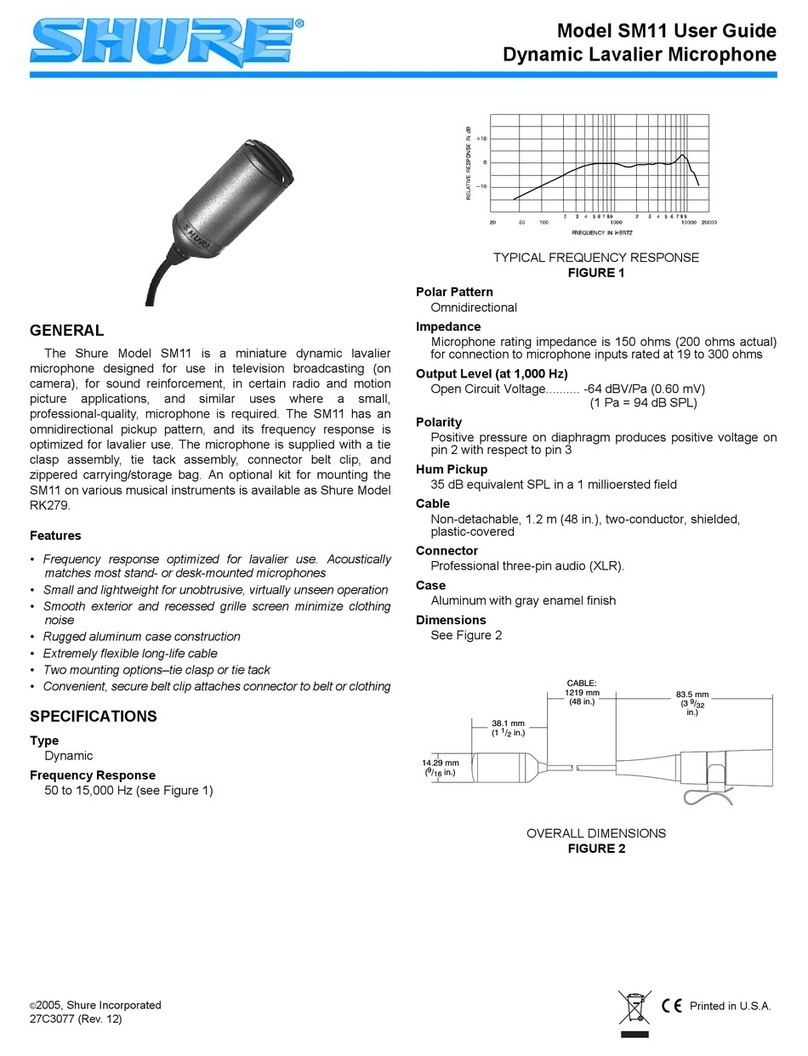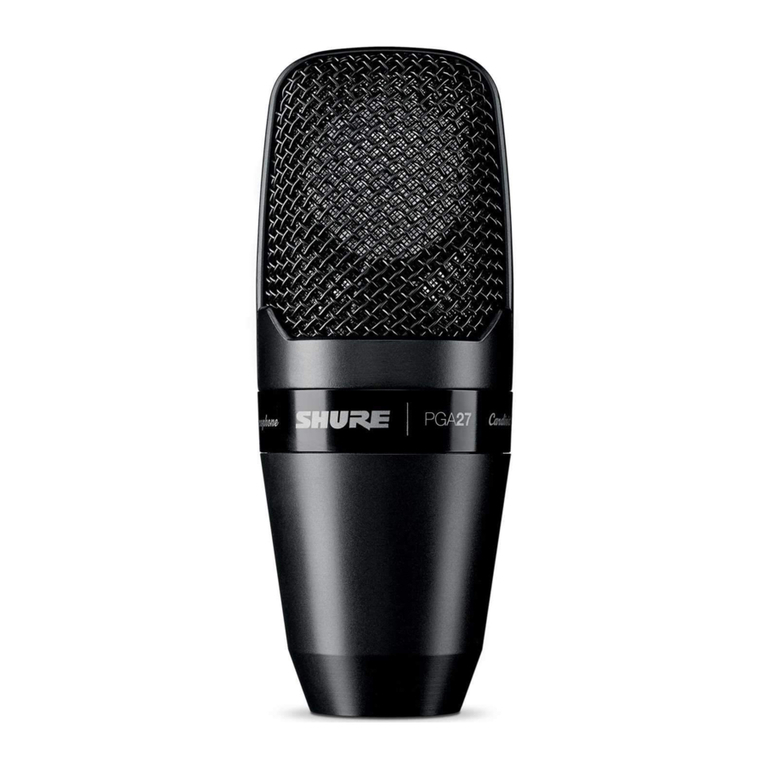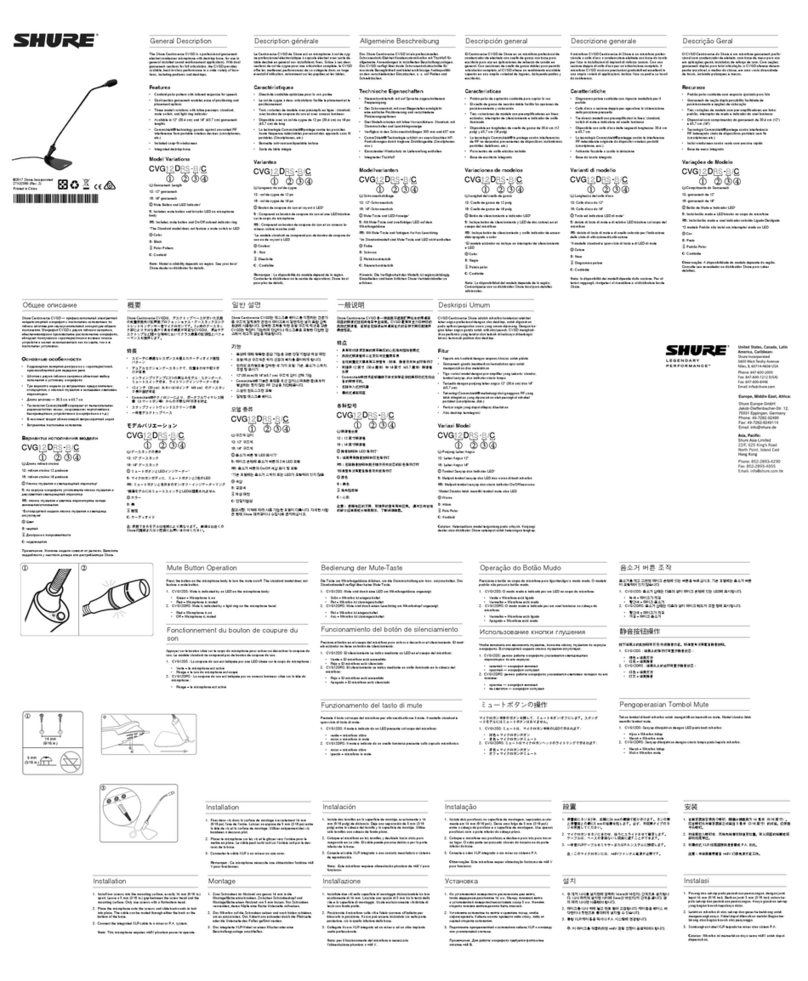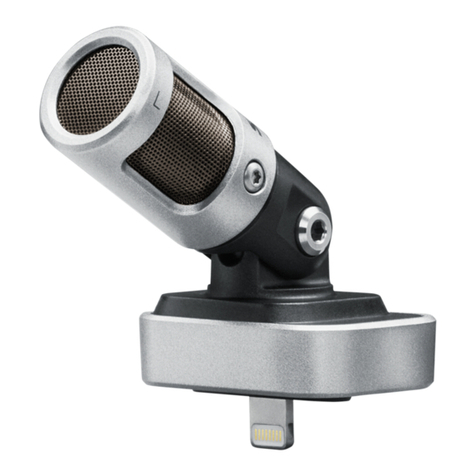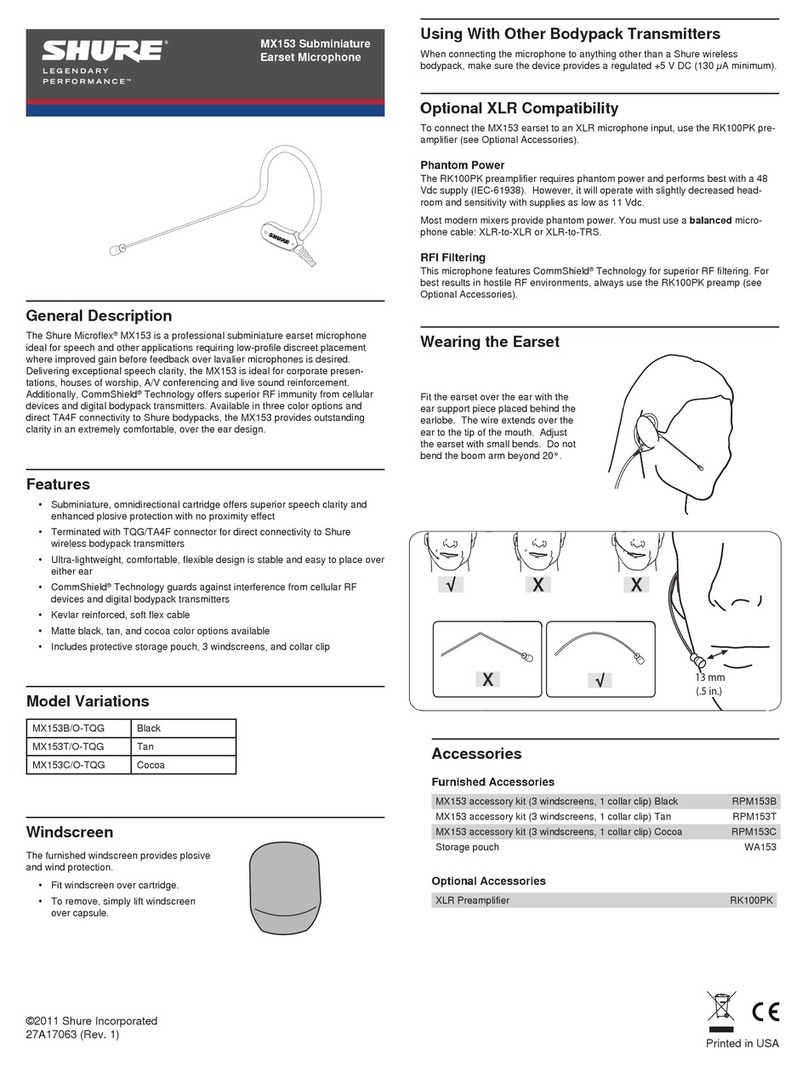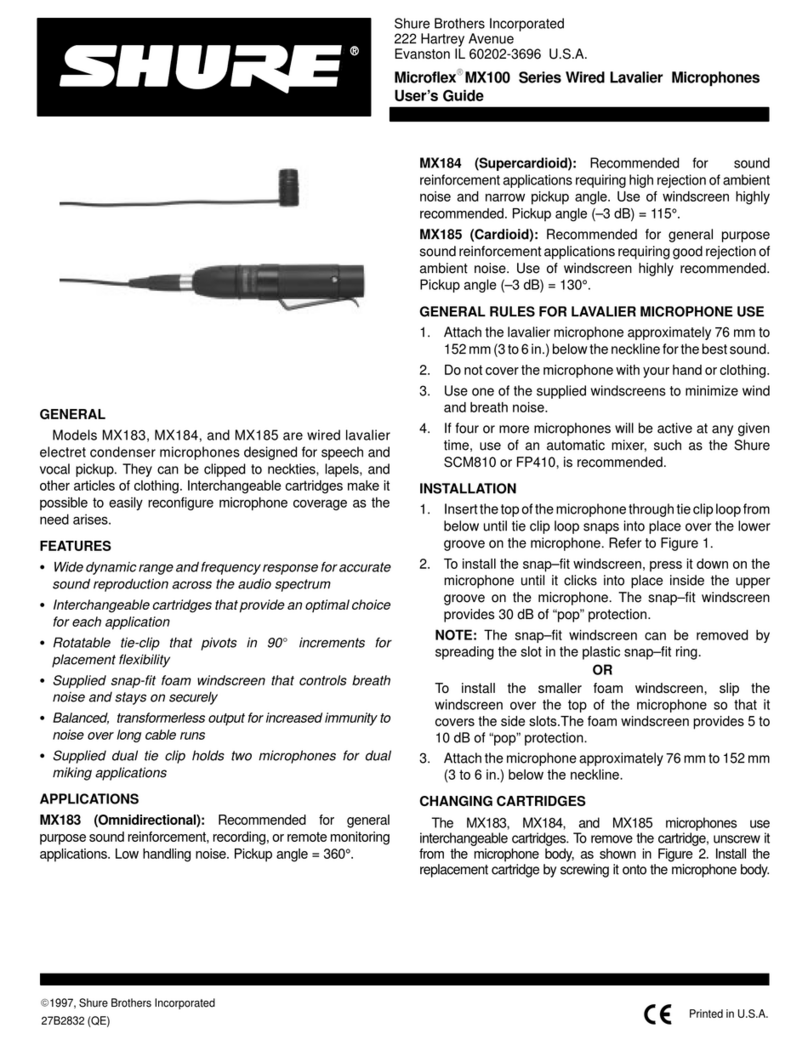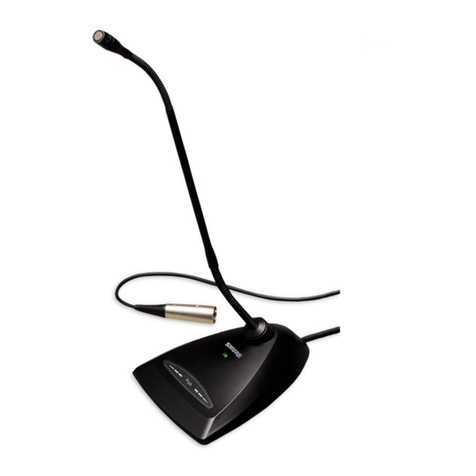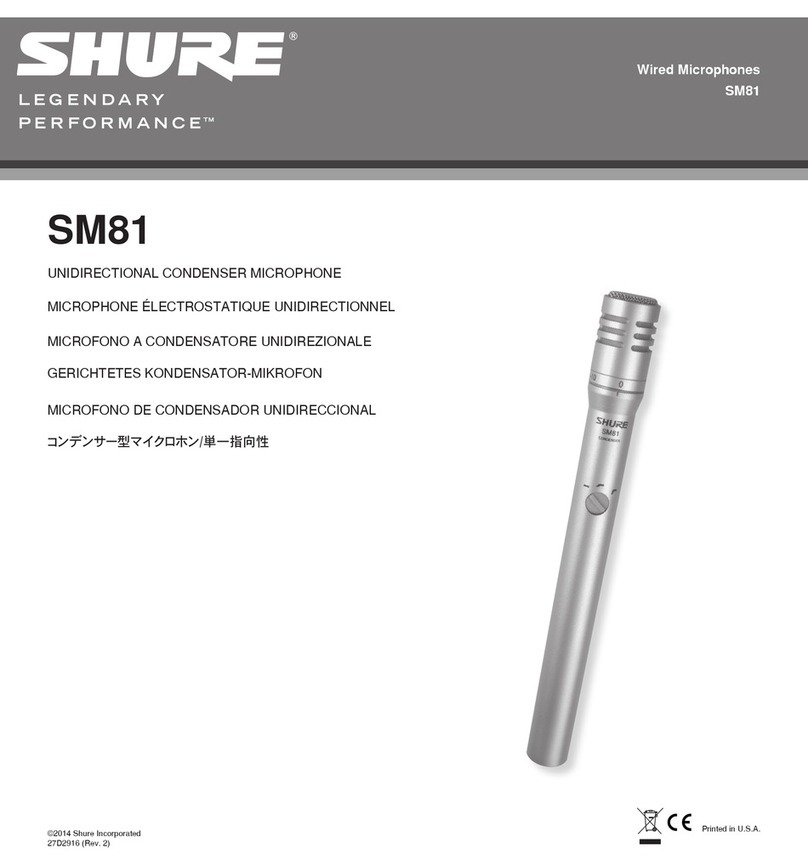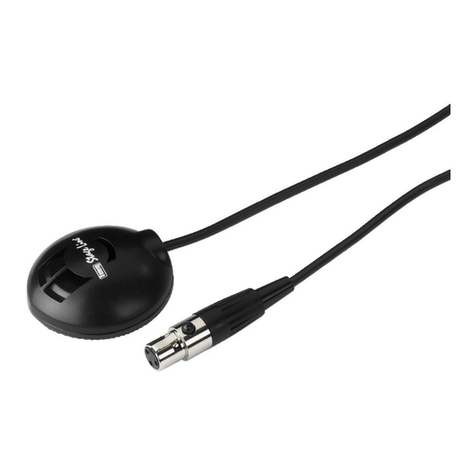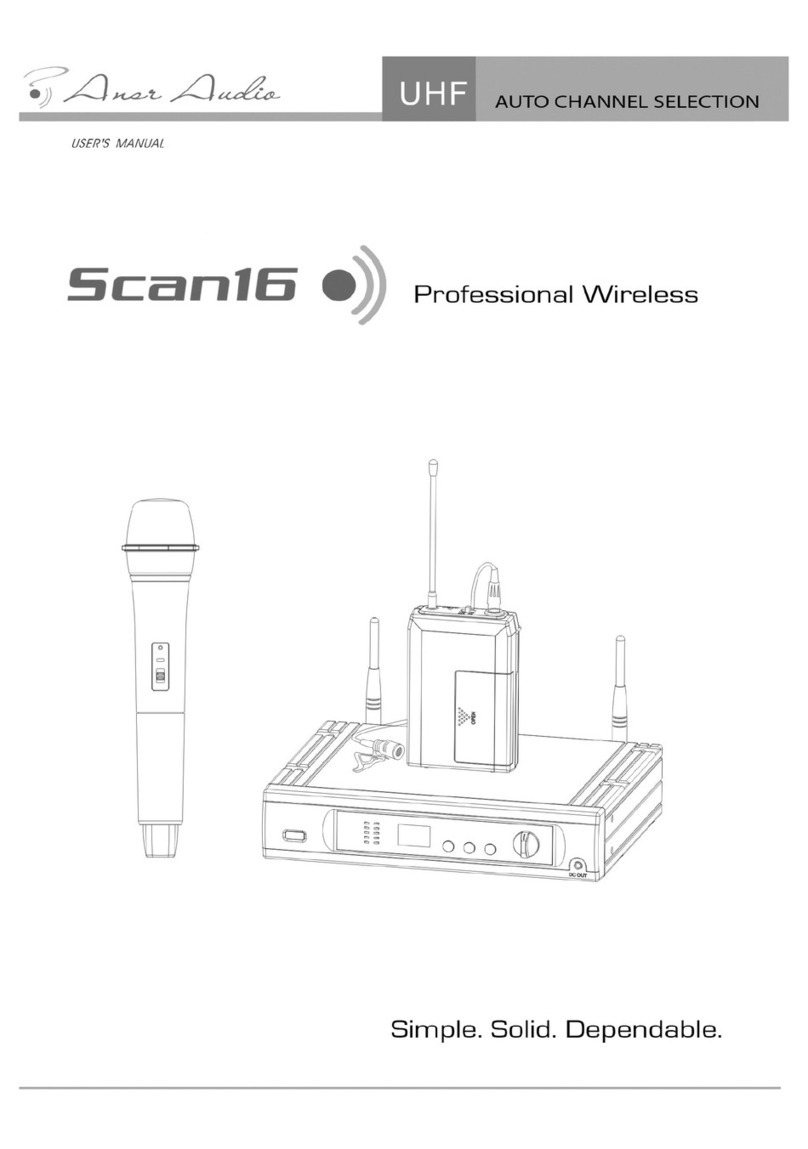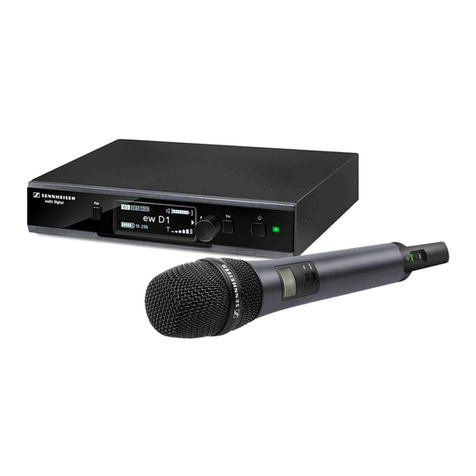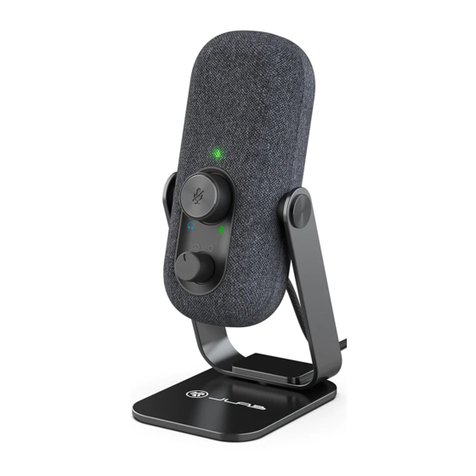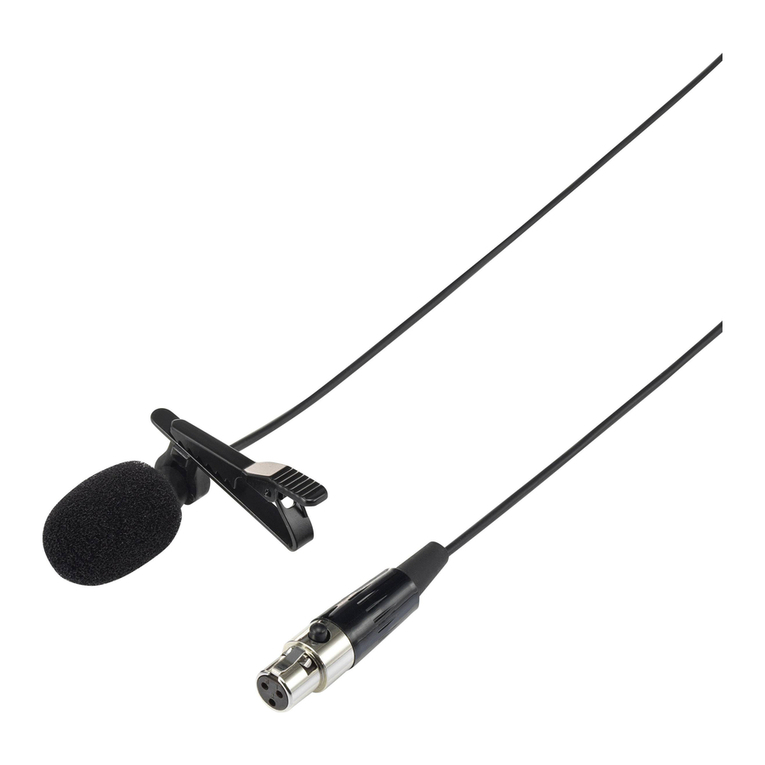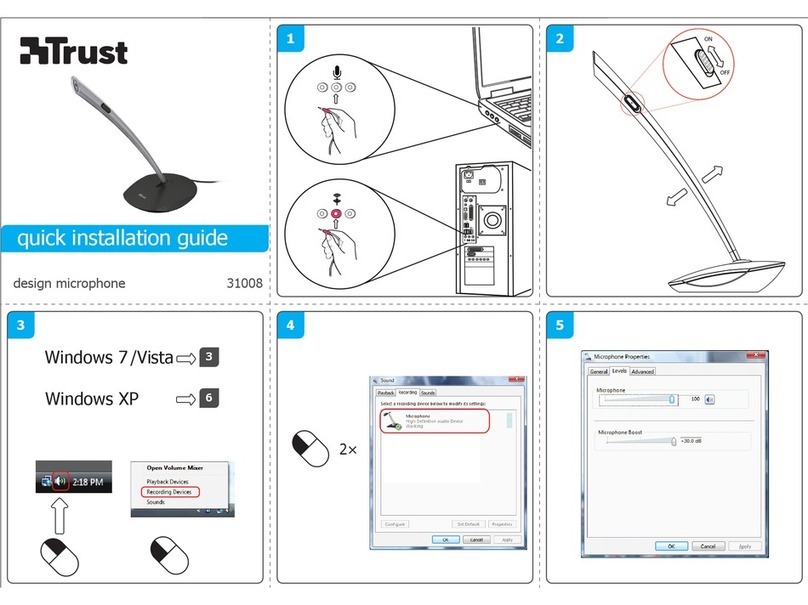Introduction
An often overlooked yet vital part of modern musical performances is the sound
reinforcement (PA) system. In a perfect world, a trained professional would always
be available to purchase, setup, and operate the school’s sound system. In reality,
most educational facilities do not have the available funds for such a luxury.
The responsibility then falls to the next most likely person at school to run the sound
system, the music director. After all, you just need a few microphones and a couple
of loudspeakers, and it’s time to go on tour! And we want it recorded as well!
Unfortunately, sound system setup is not quite that simple. It doesn’t, however, need
to be overly complicated. While the extreme quantity of choices available at your
local music shop may seem daunting (Cardioid? Dynamic? Low Impedance! Help!),
with a few basic guidelines, you can learn what you need, how to connect it, and
even how to make it sound good.
This guide will help you choose equipment for a variety of applications.
For simplicity sake, we will make recommendations of the Shure microphones you
mightconsiderforeachapplication.For those interested in the more technical aspects
of audio equipment, Shure publishes several booklets on a variety of audio topics,
including specific microphone techniques and wireless microphone operation.
Typical scenarios for school music applications include:
• Sound Reinforcement for Large Ensembles
(Concert Band, Orchestra, Choir)
• Sound Reinforcement for Small Ensembles
(Jazz Combo, Vocal Jazz or "Swing" Choir, Rock bands)
• Recording small ensembles
• Recording large ensembles
• Sound for theatrical productions
Recording will be discussed first, due to the smaller number of required
components, and reduced complexity. Feedback and room acoustics play a small
(or even non-existent) role in basic ensemble recording. Additionally, many of the
microphone, and possibly mixer, choices made for recording are equally applicable
in live sound reinforcement. Remember, there are few rules in audio – if it sounds
good to you, it is good. For every application, there will be a good, better, and best
option. A little knowledge and some common sense will allow you to choose a good
system with a reasonable budget and a minimum of frustration.
4
